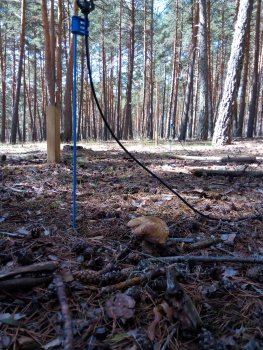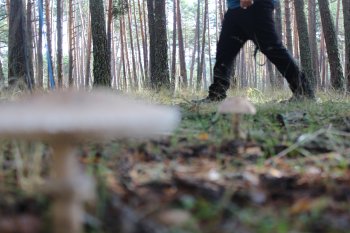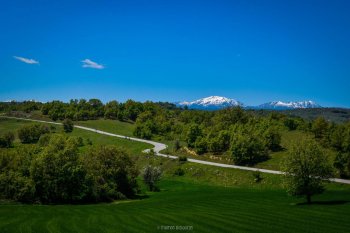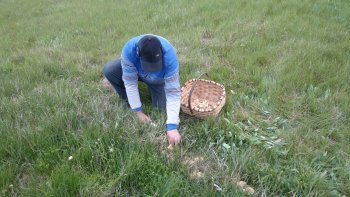Mapping the potential for truffle production in a natural environment. Development of a method suited to the private forests of the Mont Ventoux (France)
The aim is to map the potentiality of the black truffle production based on the current scientific knowledge already available. To do this, a truffle potential level is assigned to each point of the territory covered with forests. This must eventually allow managers to determine the level of investment in rehabilitating formerly truffle land based on expected potential production.






